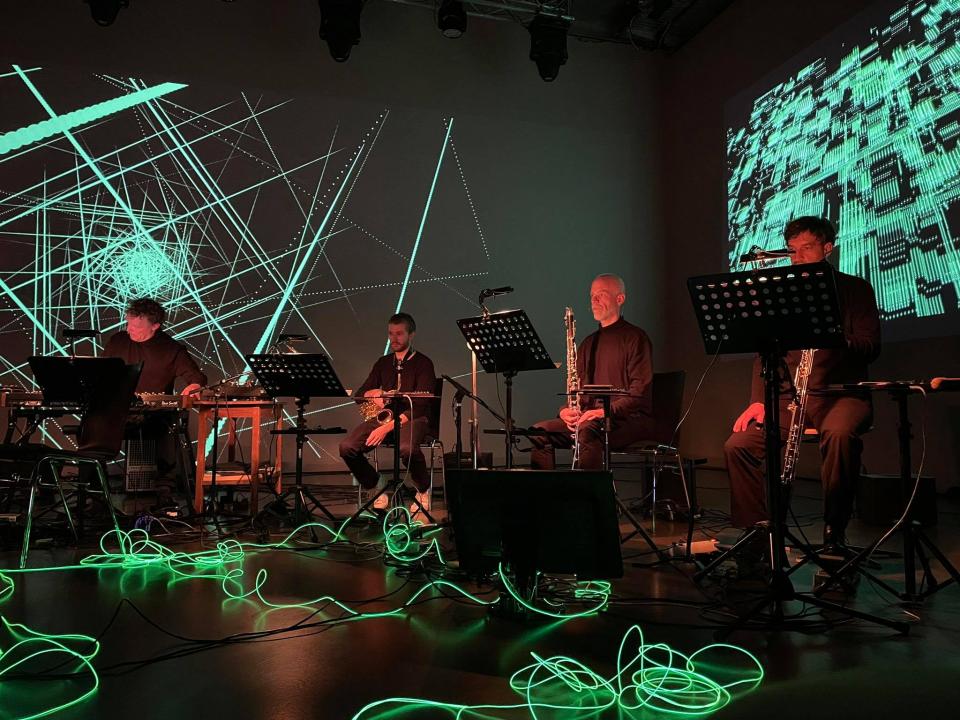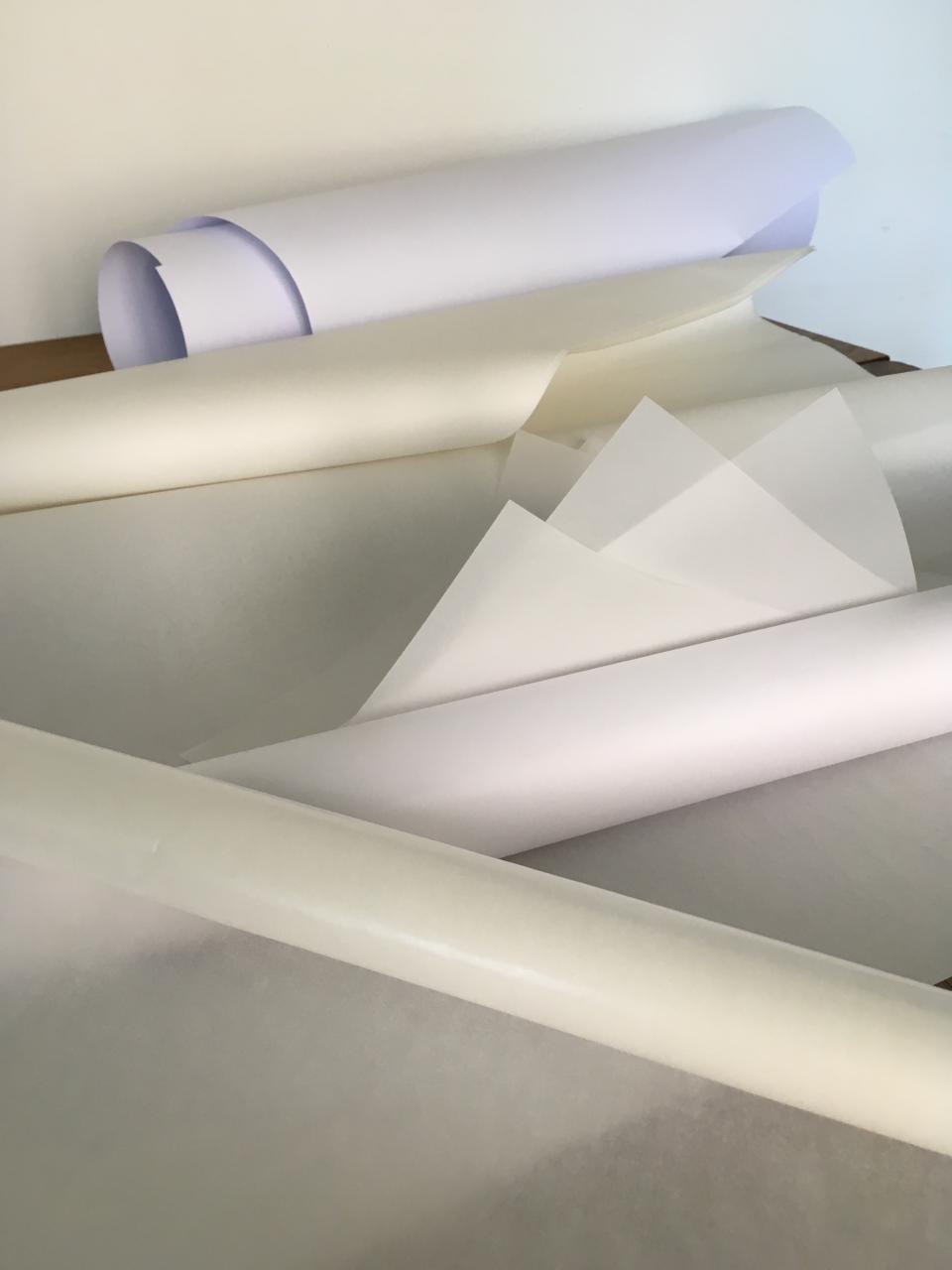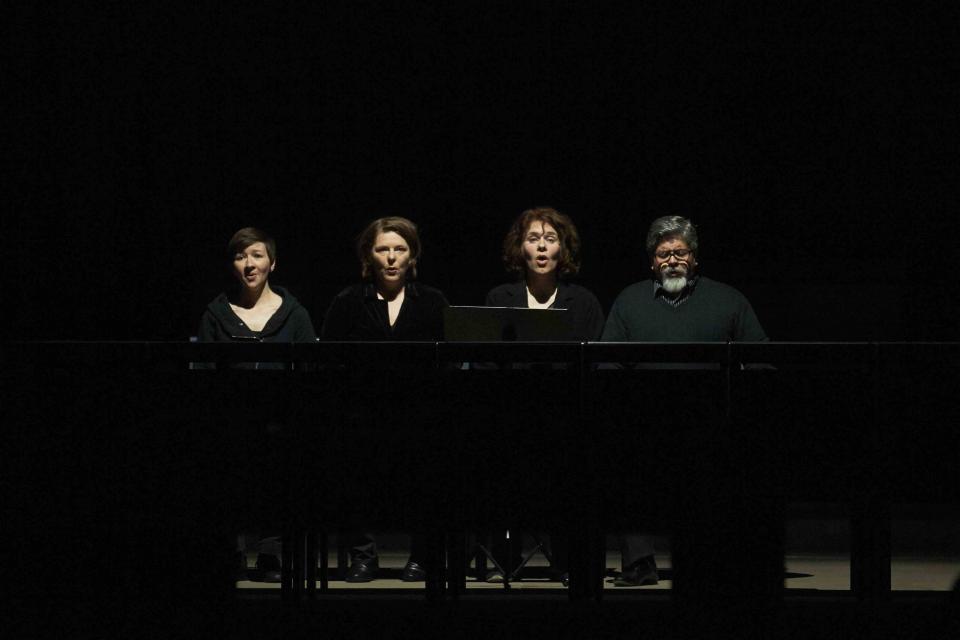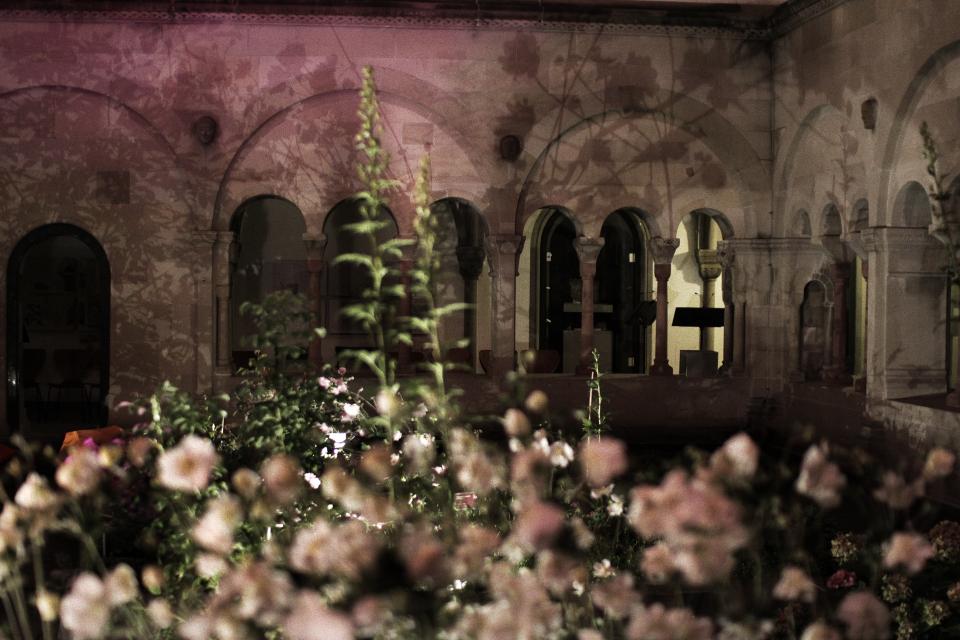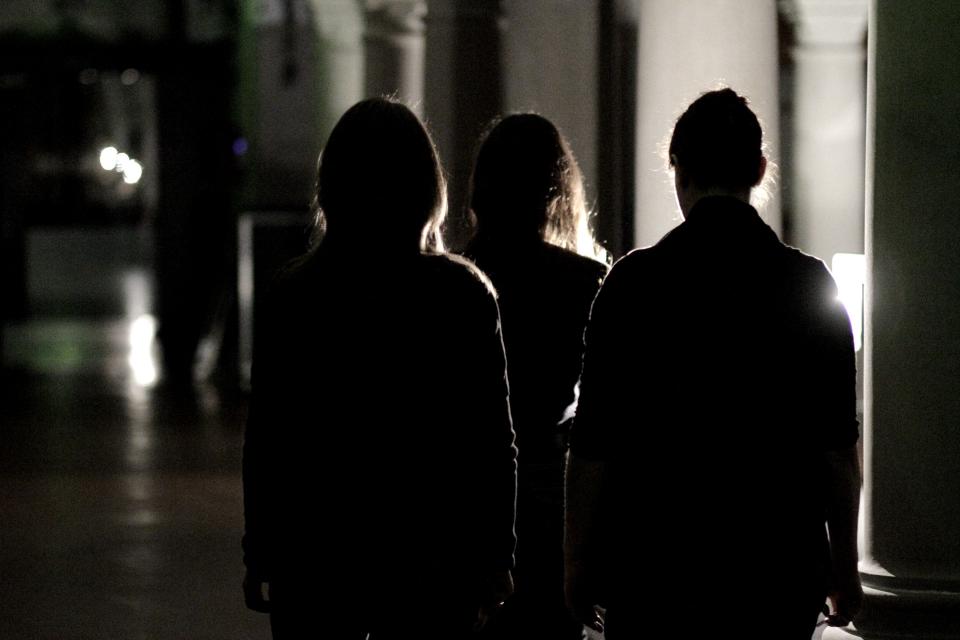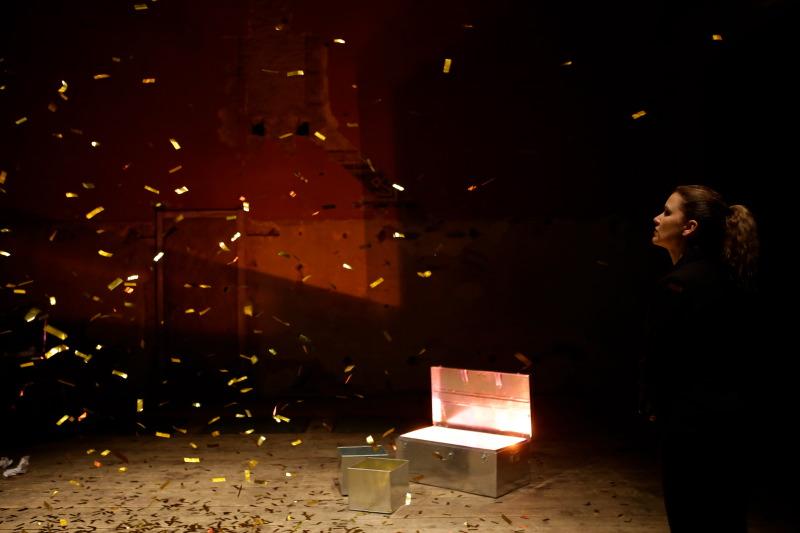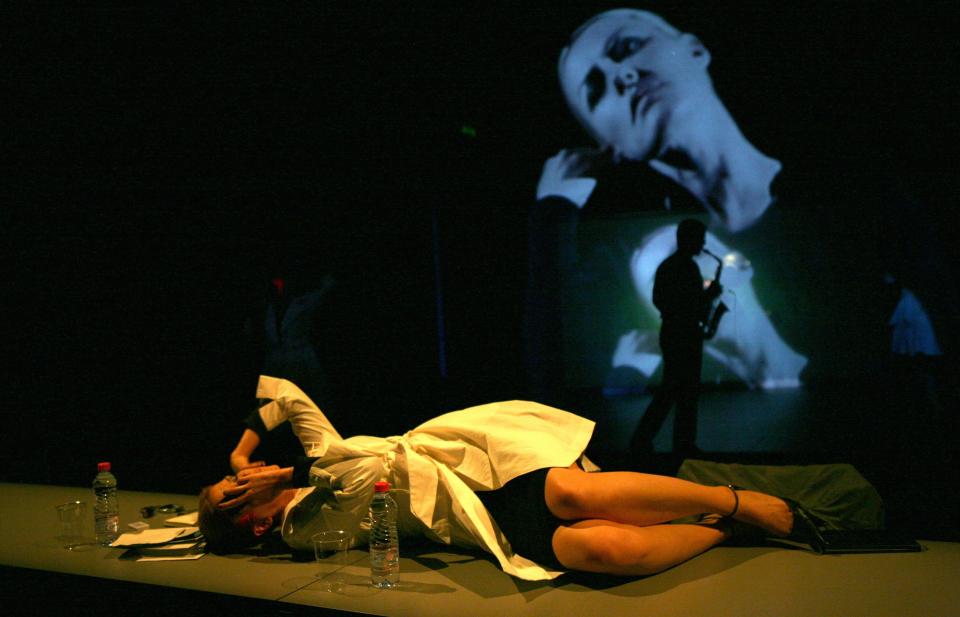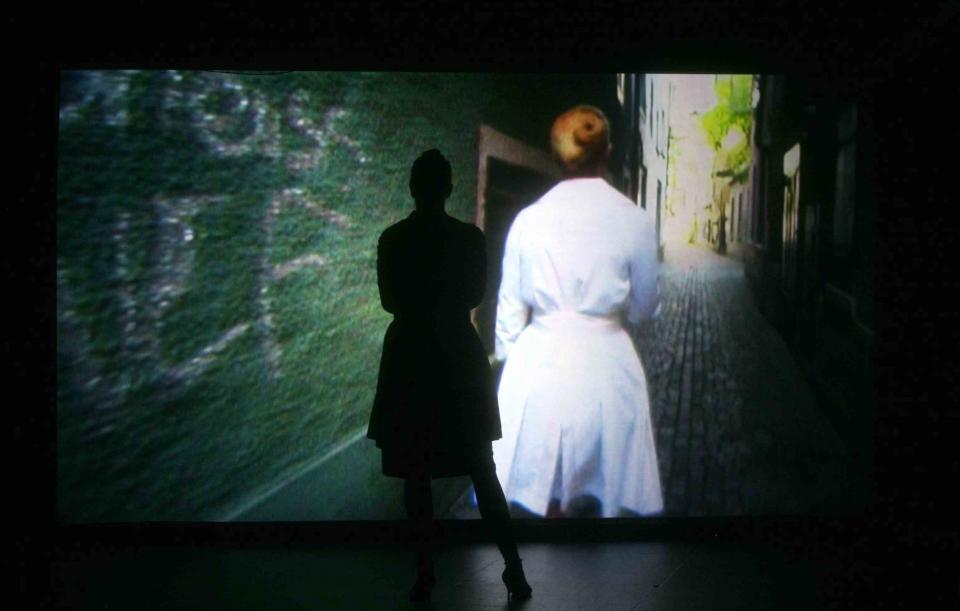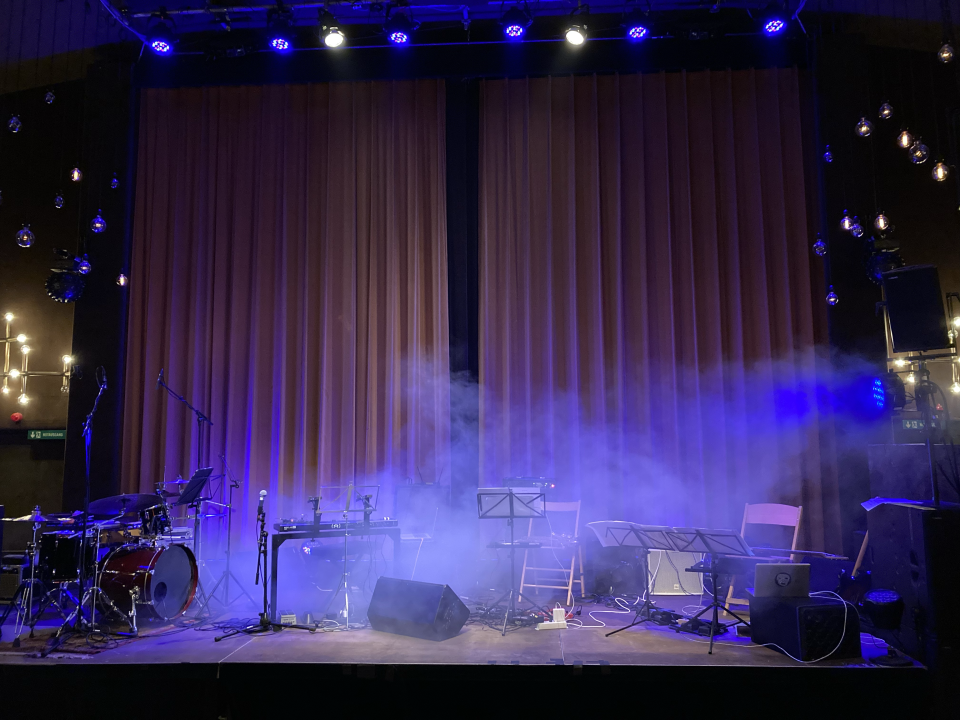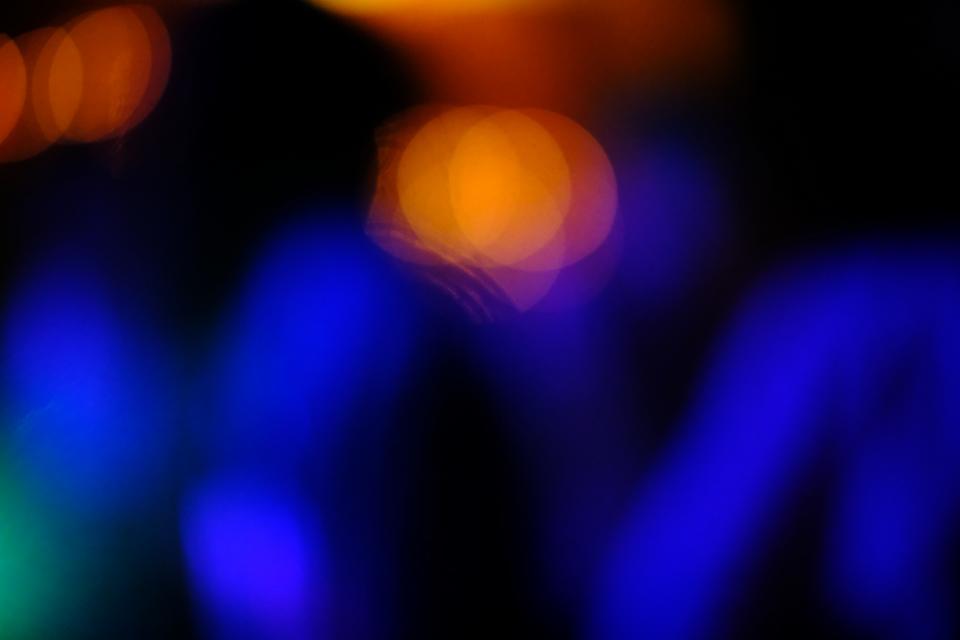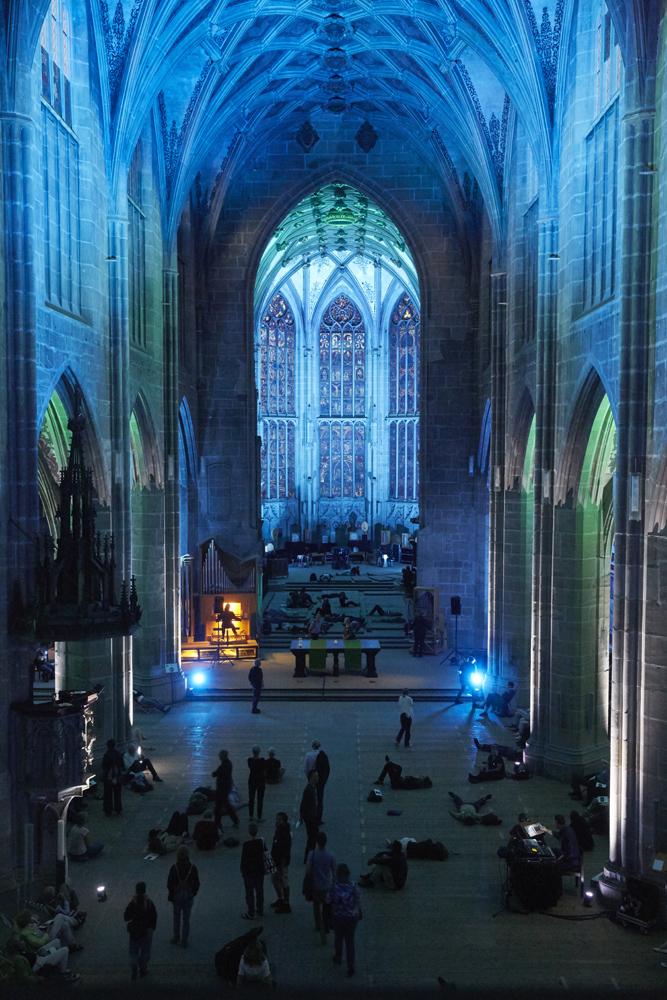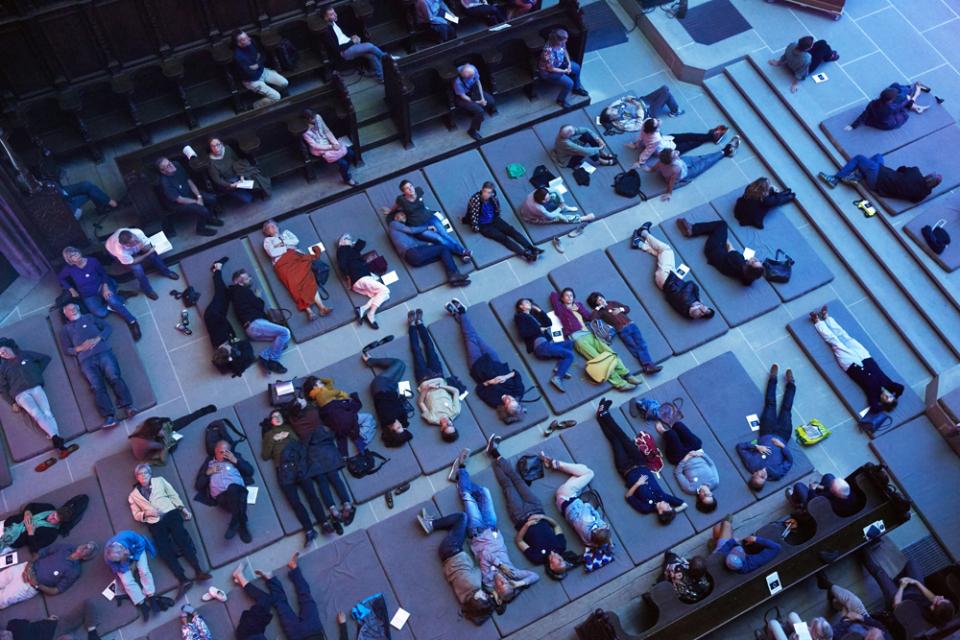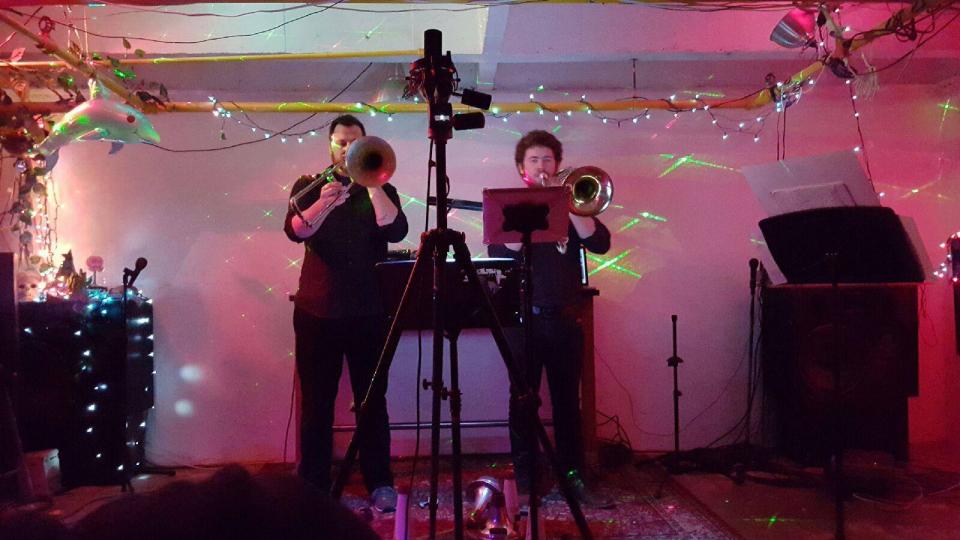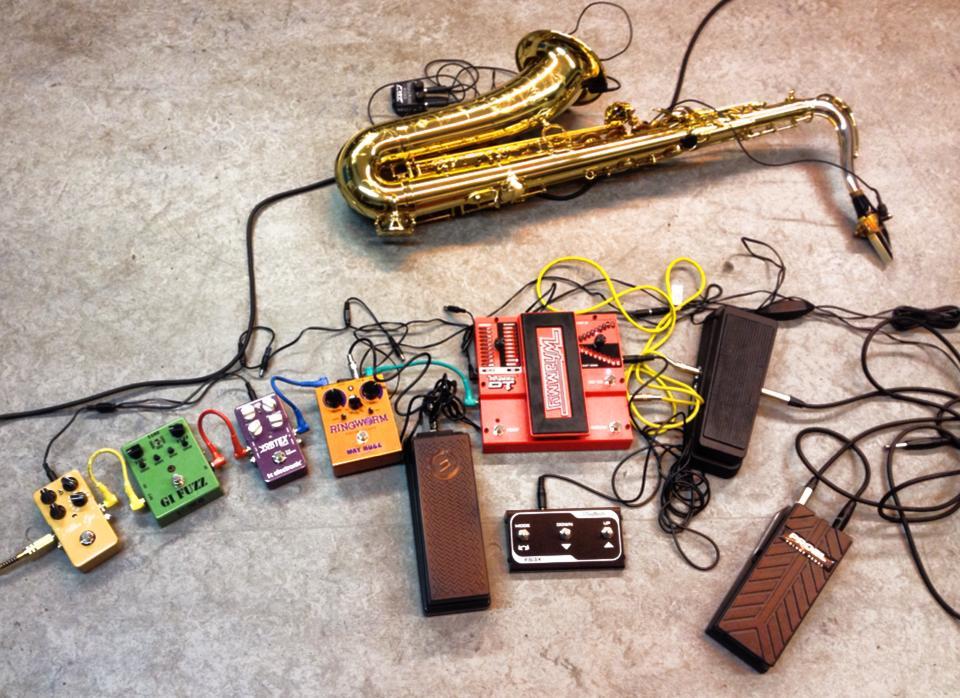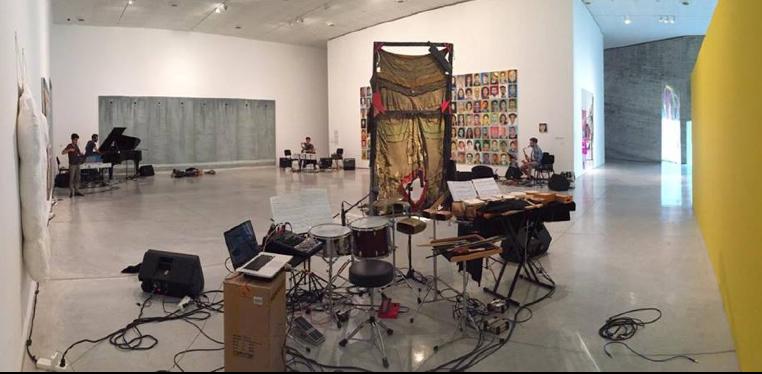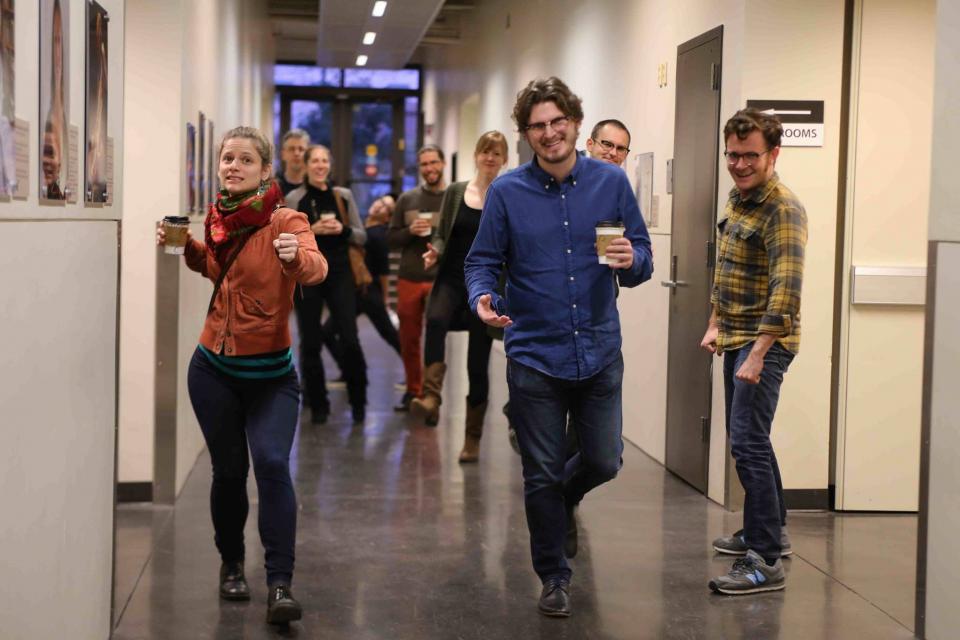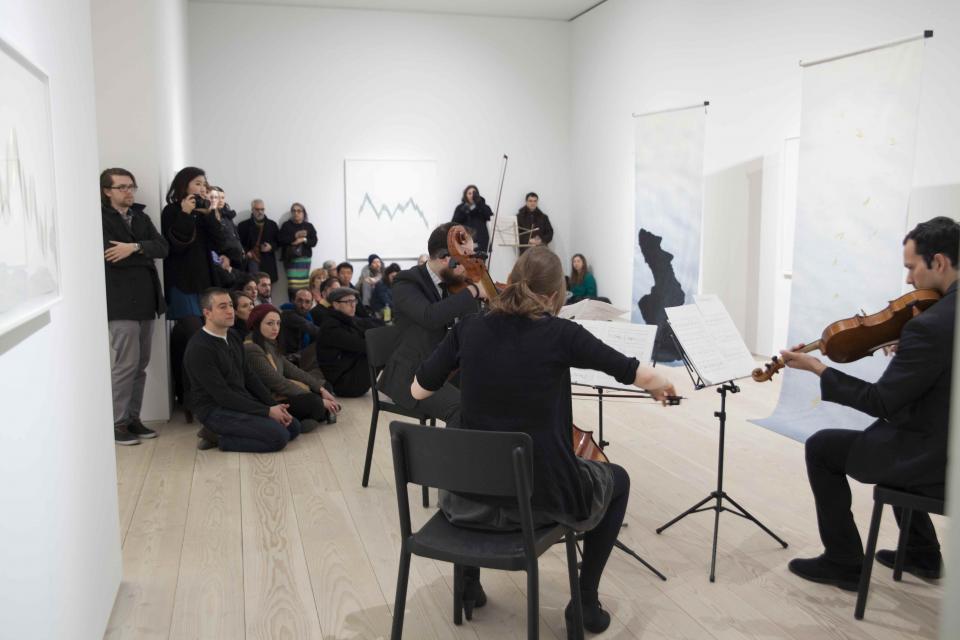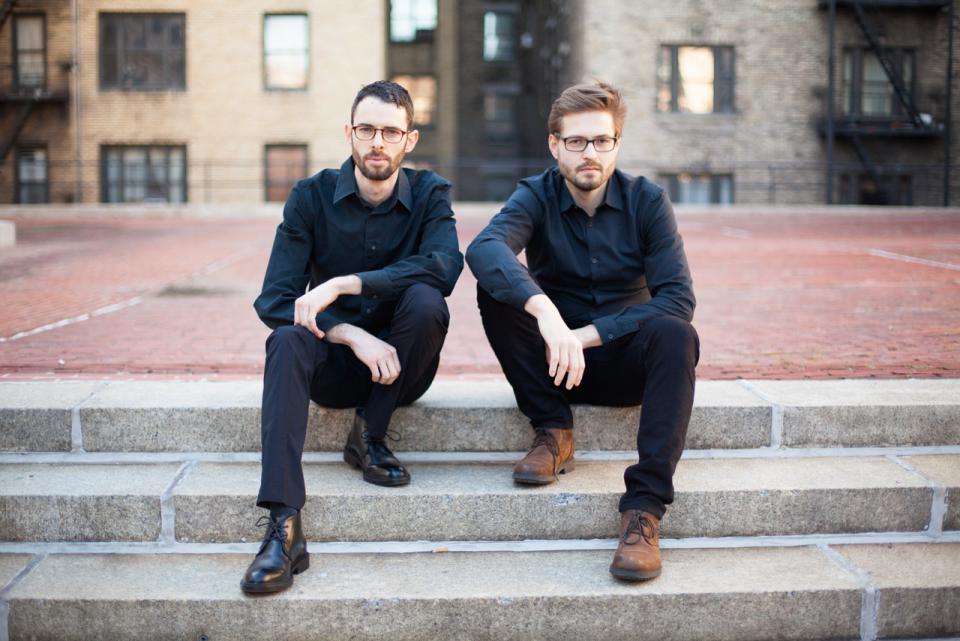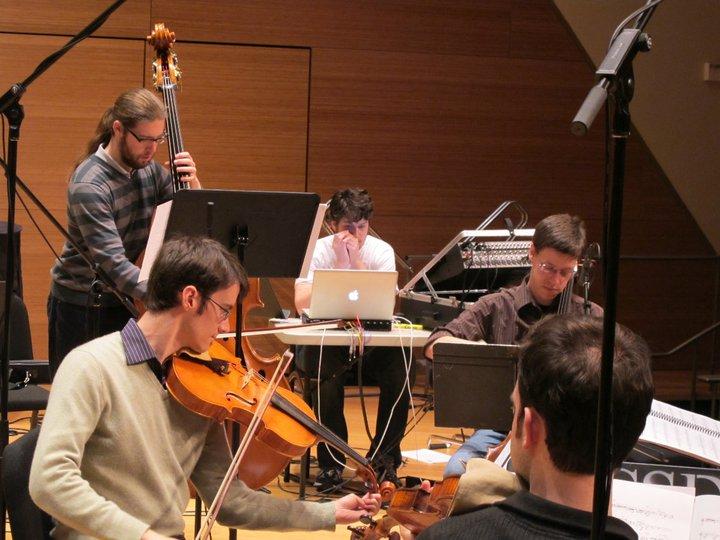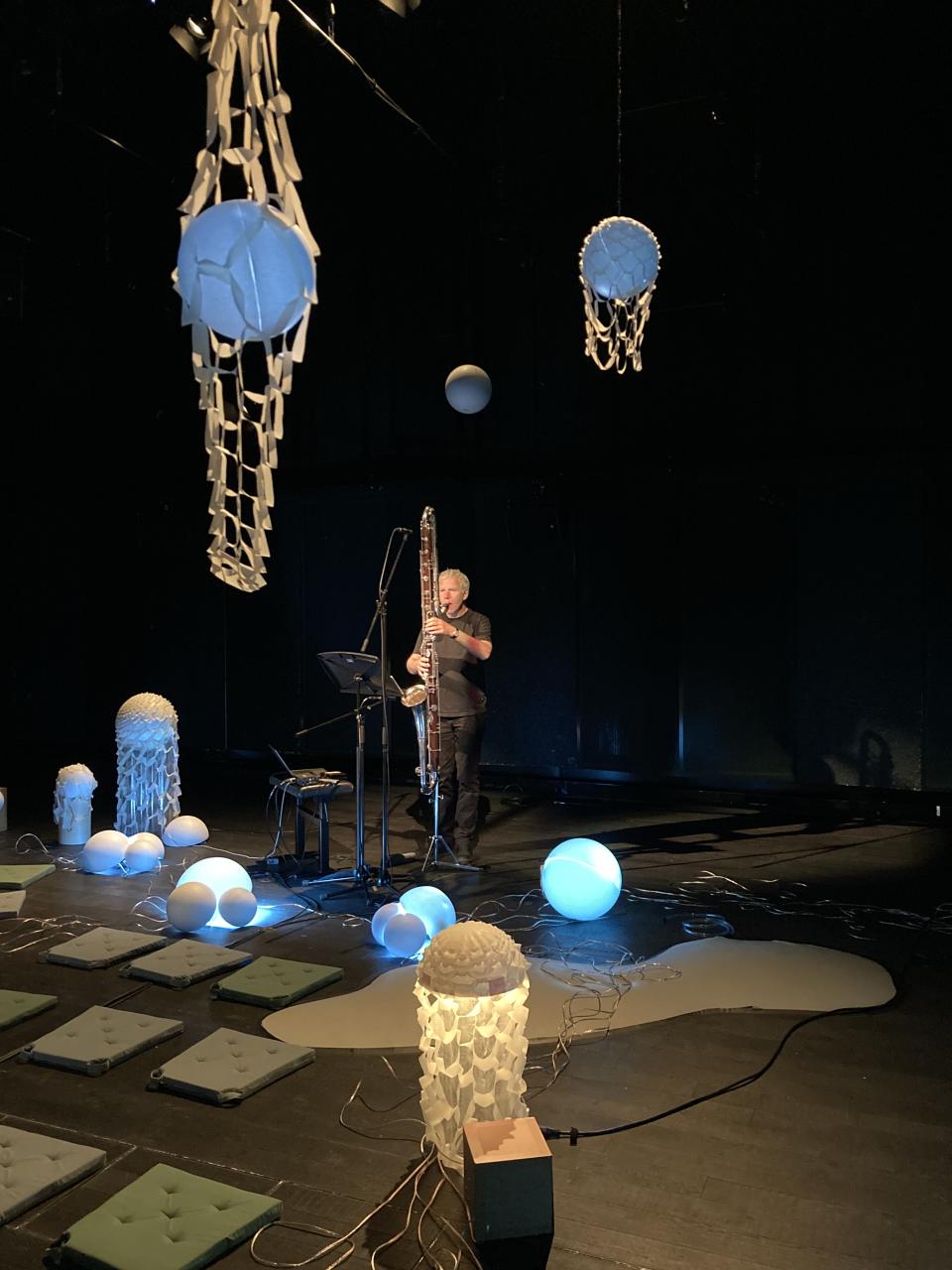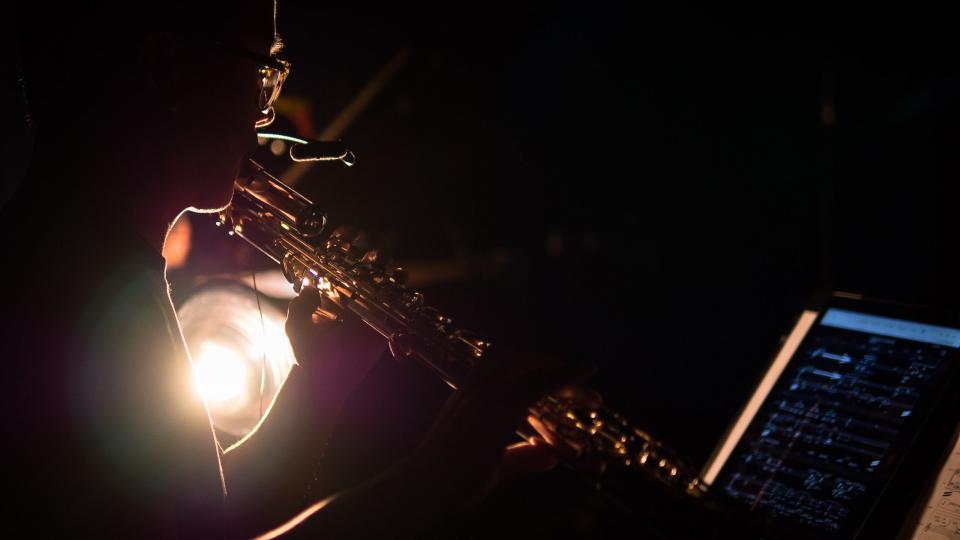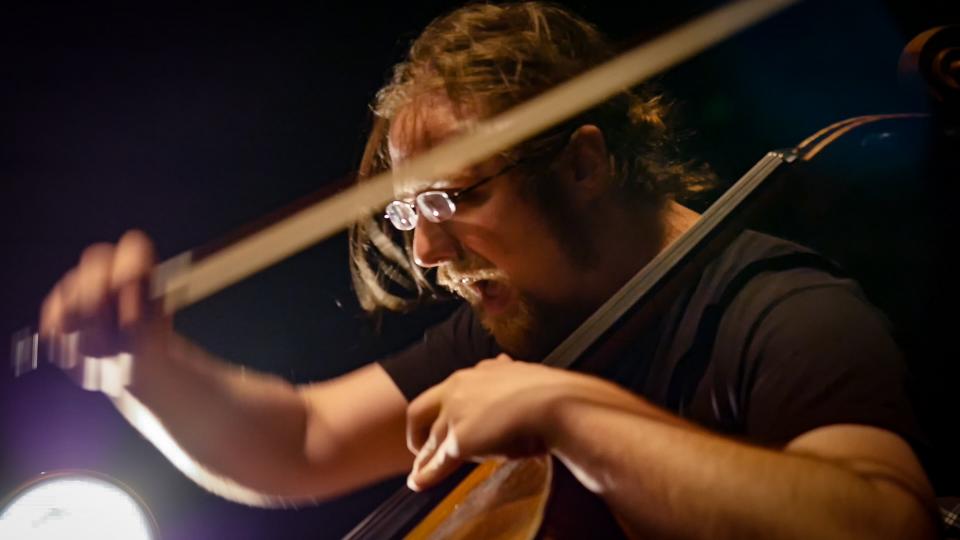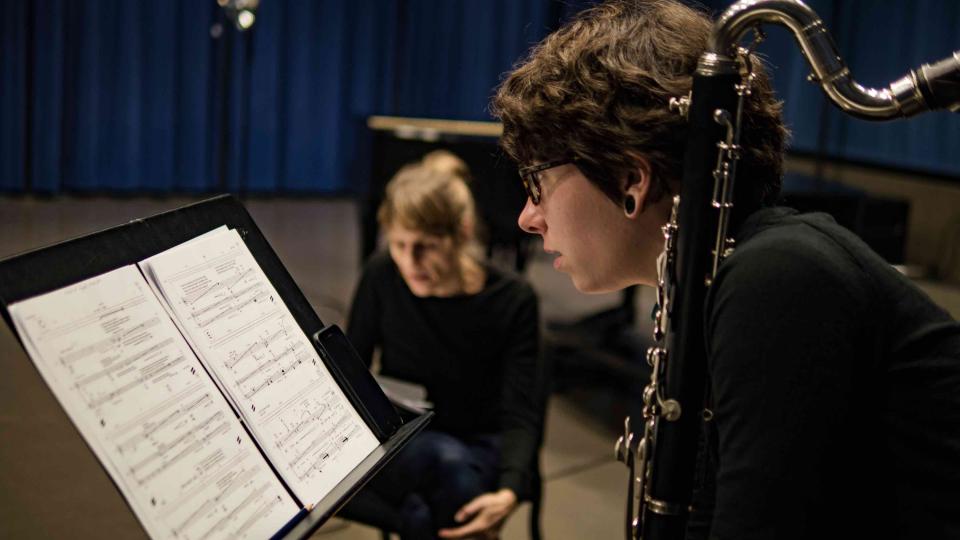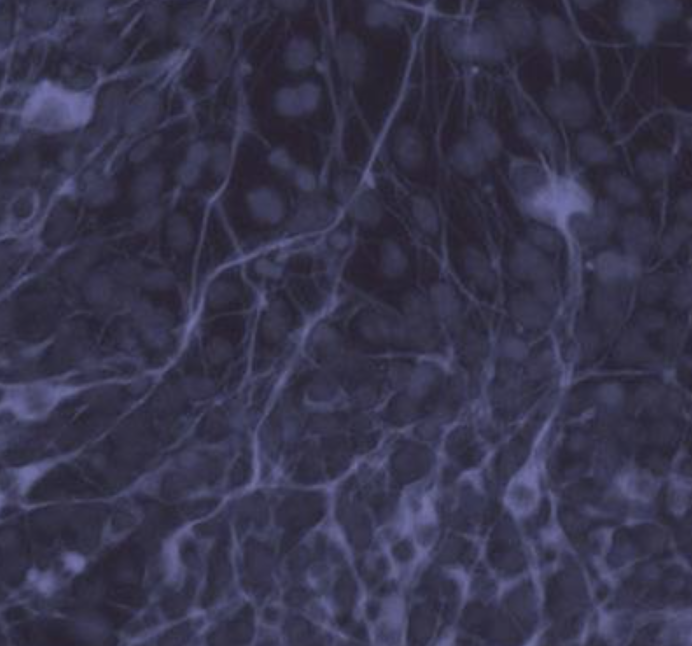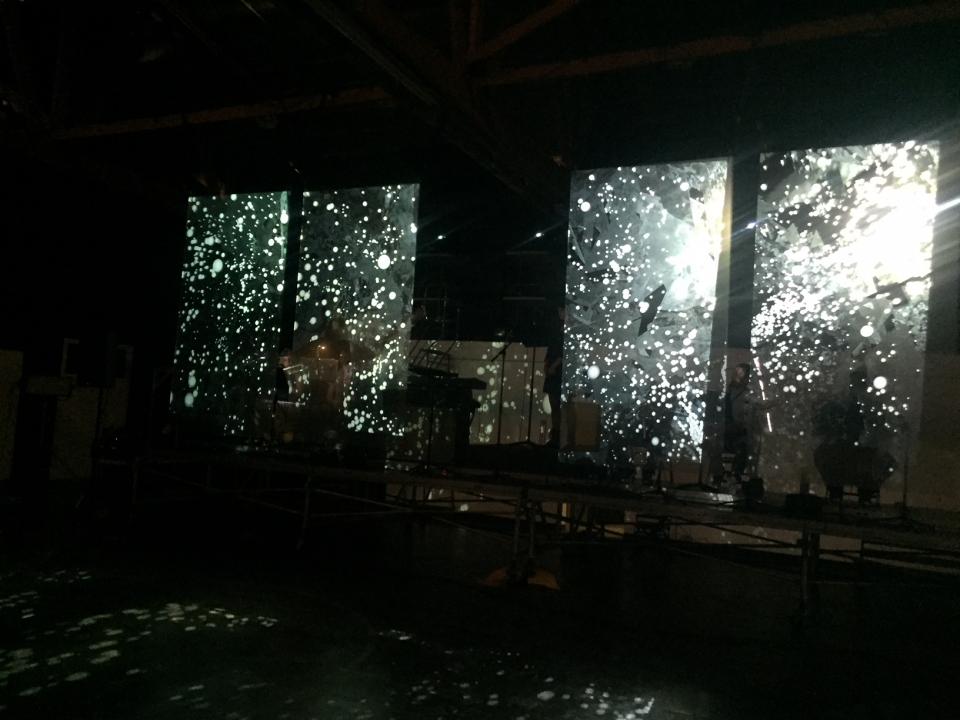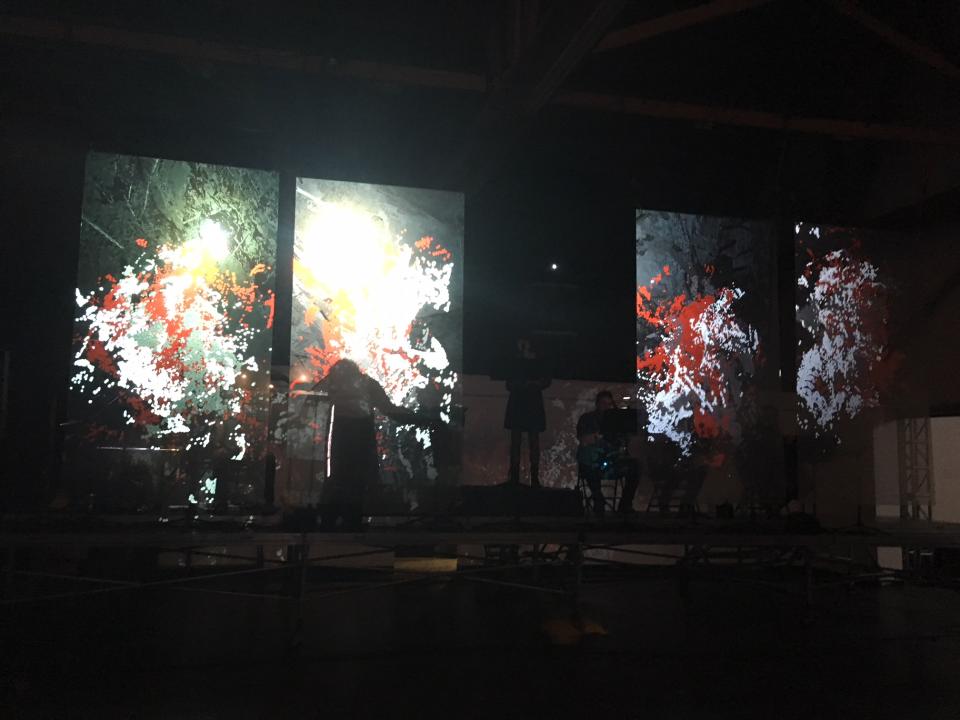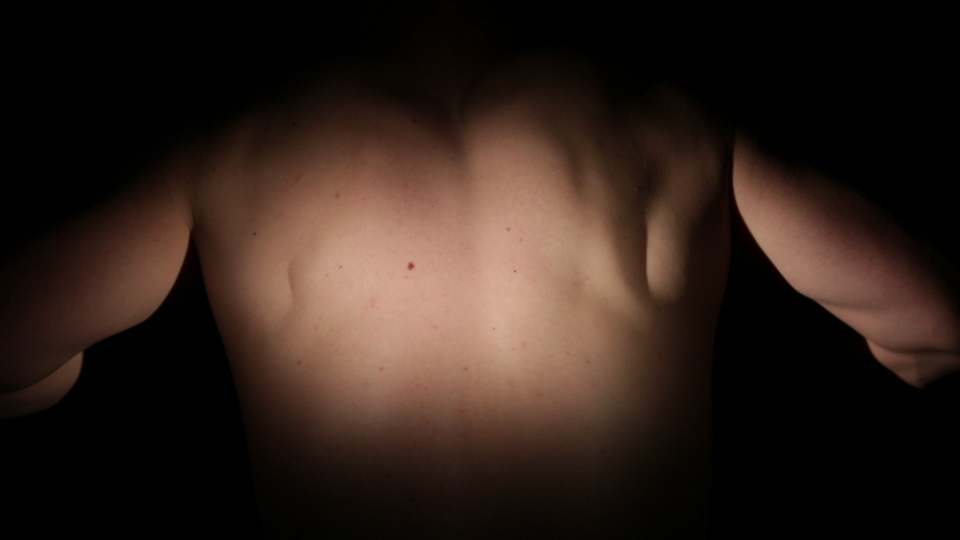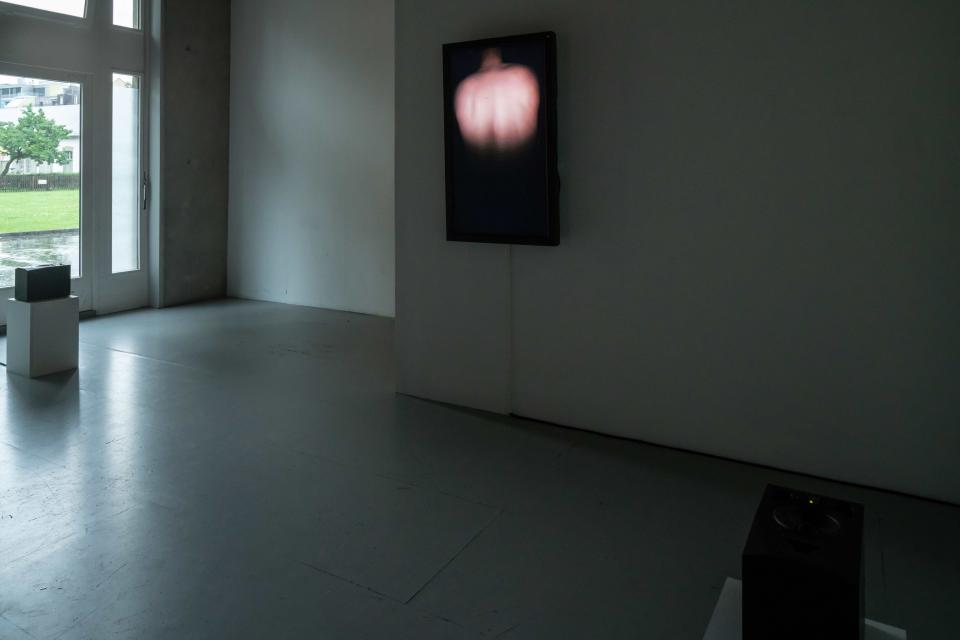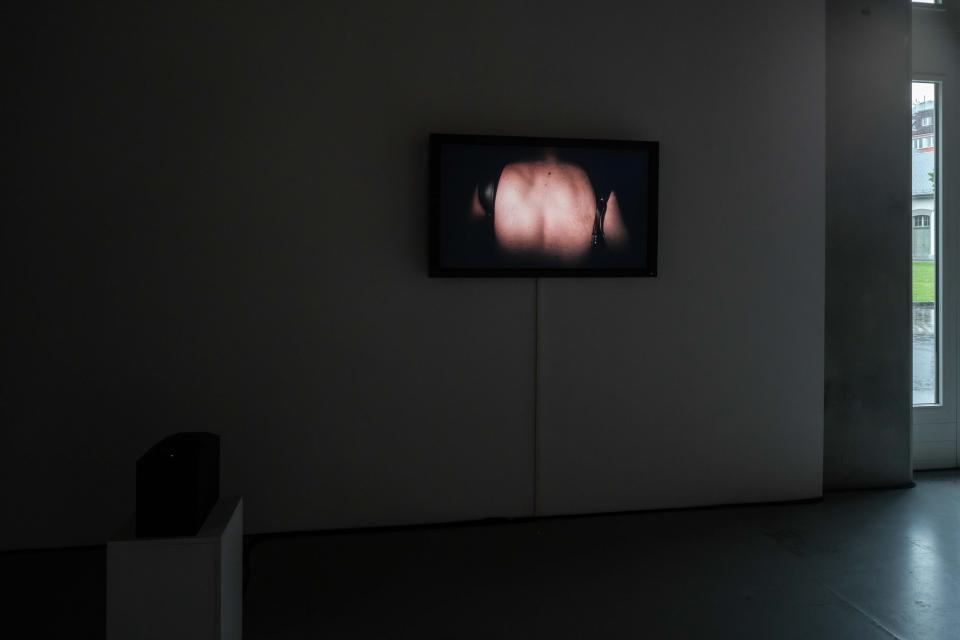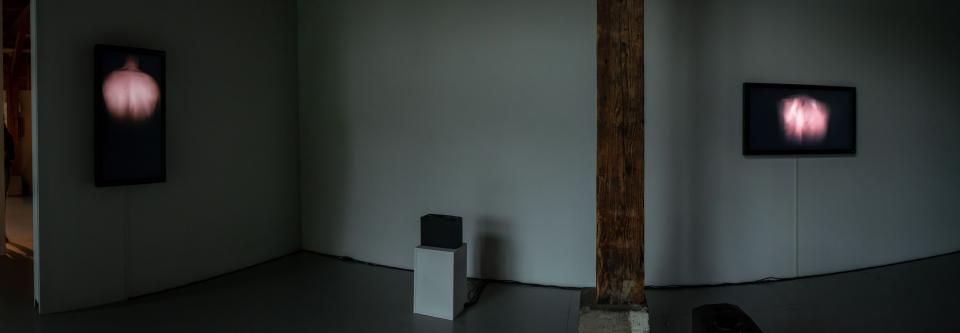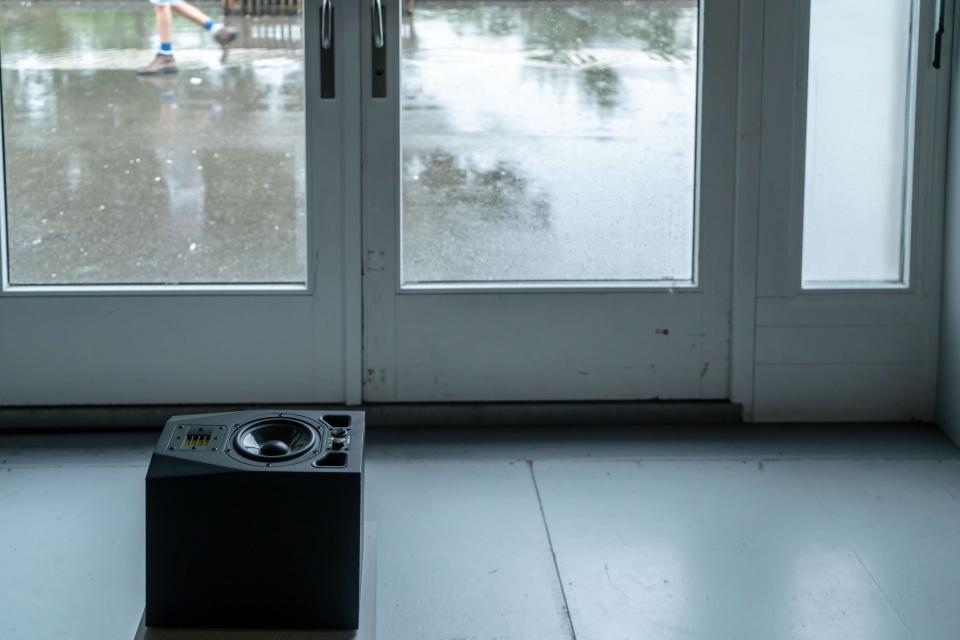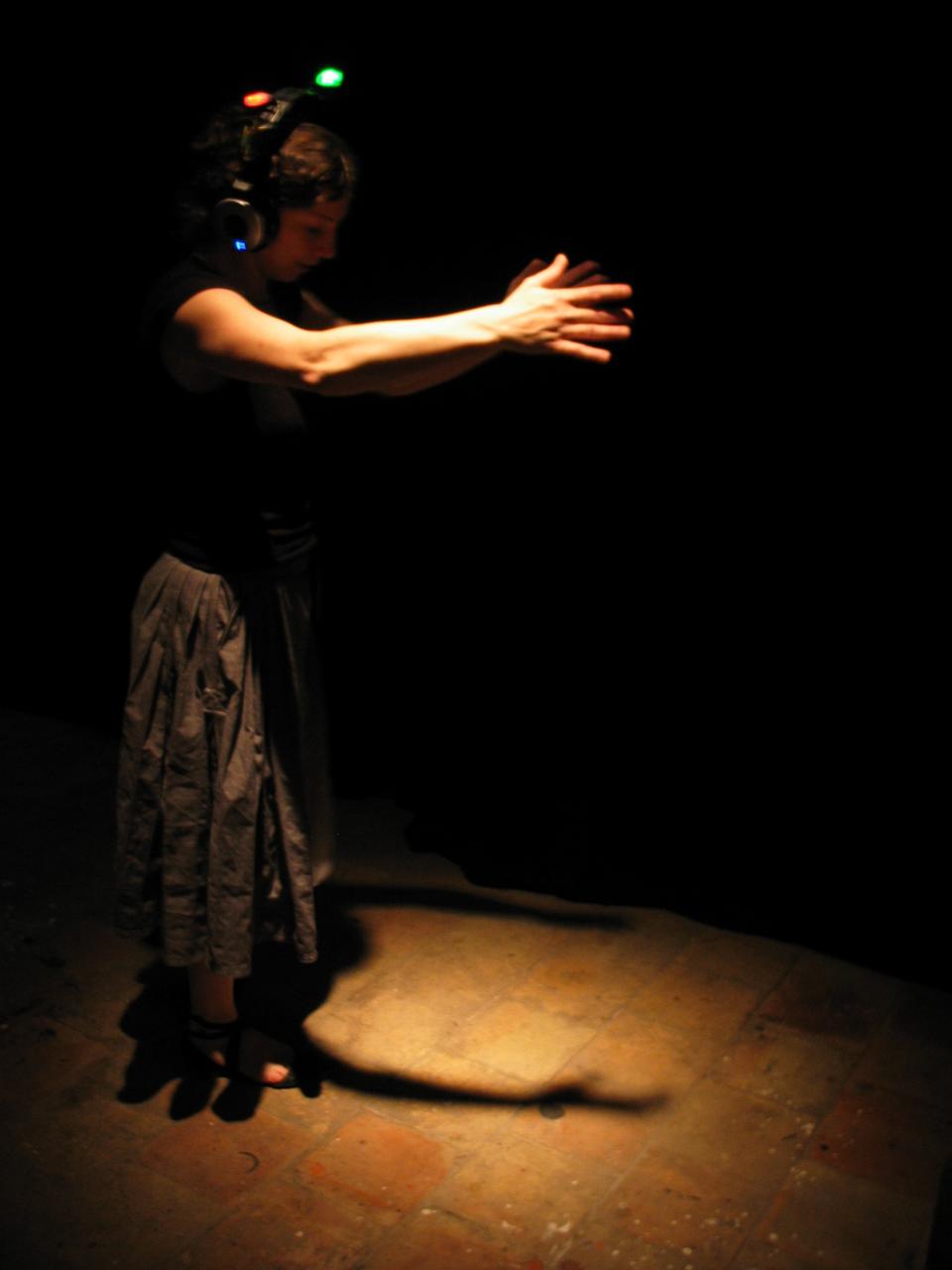URBAN MORPHOLOGIES Issue #21/09 - a concert installation
by Katharina Rosenberger (composition) and Betina Kuntzsch (video)
premiered by and in close collaboration with ensemble mosaik
Three Cities in Transition. URBAN MORPHOLOGIES Issue #21/09 is about disappearance, longings and becoming, utopia, resistance and resilience. Architecture for money, divided neighborhoods and rapid change, but also the need for dialogues and exchanges through all social structures are the consequences. The challenges are the same everywhere. The selection of Berlin - Los Angeles - Basel resulted from the collaboration of the participating artists* who inhabit them, witness their transformation and ask themselves how much this change is their responsibility after all?
In URBAN MORPHOLOGIES Issue #21/09 the audience embarks together with the artists on an audiovisual, chamber music and installation tour with indications of the past, present and hypothetical future of these three cities. In the process, the boundaries become blurred and it is sometimes unclear in which city one is currently located. Individual places come into focus, parallels and points of connection emerge, memories and fantasies take on a life of their own. In interviews and recitations, local populations as well as academics have their say; sound worlds of distinctive places are recreated and spun on. The photo and video documentations of the changing cities and their people merge into dynamic visual worlds.
URBAN MORPHOLOGIES Issue #21/09/Berlin - premiered 09/01/2021 at Silent Green, Beton Halle, Berlin +
URBAN MORPHOLOGIES Issue #21/09/Basel - premiered 09/19/2021 at ZeitRäume Basel, in the industrial spaces of CIBA, K26, Klybeckstrasse 161
featured
ensemble mosaik
Simon Strasser - Oboe
Christian Vogel - Klarinette
Sebastian Lange - Saxofon
Ernst Surberg - Klavier / Turntables, auch Performance
Chatchatur Kanajan - Violine
Karen Lorenz - Viola
Mathis Mayr - Cello
Arne Vierck - Klangregie
Gwen Kyrg, Camilla Fehér - Performance und Stimme
Patrick Klingenschmitt - Dramaturgie
Kalma X / Eckehard Güther - Videotechnik
Panagiotis Botzios - electricity generating bicycles, usher (Berlin)
Benjamin Janisch - assistance research on mushrooms & mycelium, usher (Berlin)
